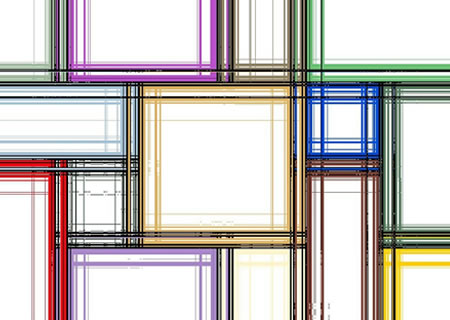Students may have noticed that the largest-area rectangles on the first two problems are squares. What about questions 3 and 4? If you stick with whole numbered sides, you can’t construct a square, since 70 and 75 aren’t evenly divisible by 4. But if you use fraction or decimal side lengths, you can. These questions can provide a nice motivation or review for how to multiply decimals or fractions. Question 5 is truly fascinating.
Once again, if we allow fractions, we can have tiny areas. For example, a 0.0001 by 49.9999 mile rectangle has a perimeter of 100 miles, but an area of just 0.00499999 square miles. Could we make it smaller? Easily—just add more zeroes after the decimal place in 0.0001. We are force to conclude, bizarrely and wonderfully, that there is no smallest rectangle with perimeter 100 miles.
Whatever rectangle we choose, we can find a smaller one. If we insist on whole side lengths, then the minimum area would be 49 square miles. Many students may have this as their answer, and that’s fine. But dropping the whole side length stipulation leads to some more interesting places.

